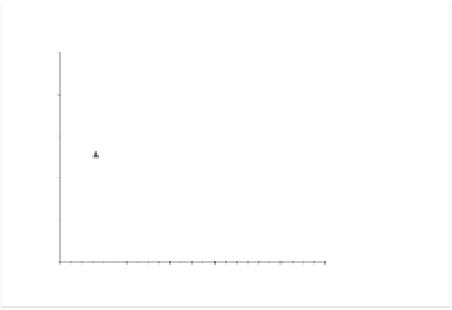Environmental Engineering Reference
In-Depth Information
Modified Proctor compaction curves for basaltic aggregates
from Azores, Cape Verde and Canary Islands in comparison
with non-volcanic materials
Experimental test section: CGA on existing aged asphalt
pavement.
20 kN applied load
24,00
Azores Basalt (1)
Azores Basalt (2)
Azores Basalt (3)
Granite
Limestone
Gneiss
Cape Ve rde Basalt (1)
Cape Ve rde Basalt (2)
Cape Ve rde Basalt (3)
Cape Ve rde Basalt (4)
Gran Canaria Basalt (ZA-25) (1)
Gran Canaria Basalt (ZA-25) (2)
Gran Canaria Basalt (ZA-40) (3)
100
90
23,00
80
85th Pe rcentile = 75
70
Mean value = 66
60
22,00
50
40
30
21,00
20
10
0
20,00
19,00
Station
2345678910
11
12
13
14
Moisture content (%)
Experimental test section: CGA on new subgrade of lapilli.
20 kN applied load
Figure 6. Modified Proctor compaction curves for
some volcanic granular aggregates from different origins,
compared with non-volcanic materials.
180
160
140
85th Pe rcentile = 124
120
Me an value = 114
100
layer below multiplied by 1.3. likewise, the rate
k = e
V2
/ e
V1
(e
V1
= modulus measured in the first
cycle of load) is restricted to be lower than 2.2.
experience with volcanic materials from canary
islands indicates that, in general, ordinary control
criteria applied to granular soils and aggregates can
be also implemented to volcanic unbound materi-
als. however, the standard requirement related to
the allowable limit of the coefficient k = 2.2 results
achievable with some difficult according to previ-
ous experience, even with the lift rightly compacted.
This can be explained by the lack of fine-size par-
ticles in crushed volcanic aggregates. Thus we sug-
gest a less restrictive value of k = 2.5 with excellent
structural performance of granular layers.
80
60
40
20
0
Station
Figure 7. effective Moduli of the cGa base course
foundation, backcalculated from FWD tests (20 kn
applied load). [Values marked with (*) have been
excluded from percentile calculations for being unusually
extreme].
3.3
Characterization of the granular course
foundation
assuming that all significant factors affecting com-
paction (granular material characteristics and origin,
moister content, lift thickness, compaction equipment
type and compaction energy) have been unchanged
in both in-situ trial road sections, and only the base
course foundation conditions have varied, the differ-
ences between rates of compaction observed suggest
that this latter factor has determined the compac-
tion process. hence, FWD tests have been carried
out with the purpose of characterizing the support-
ing subgrades and to directly evaluate their dynamic
response.
in Figures 7 and 8, the measured effective Mod-
uli (for 20 and 40 kn of applied load) of the caG
base course foundation are illustrated, comparing
both trial road sections. The effective Modulus is
a measure of the effective or combined resilient
stiffness (i.e. ratio of the applied cyclic stress to the
recoverable or elastic strain after many cycles of
repeated loading) of all layers below the tested sur-
face, backcalculated from FWD defections.
The resulting values show that Moduli of the
caG base course foundation are notably different
in both situations. stiffness obtained on existing
3.2.2
Control methodology in Iceland
in accordance with the icelandic Building Research
institute (iBRi), the field compaction control is
founded on attaining a minimum value of 98% of
Modified Proctor maximum dry density for base
courses and 95% for subbases. it is also habitual to
specify the k-coefficient to be lower than 2.5 for
the heaviest traffic, what provides support and is
consistent with our experience with canary mate-
rials and suggested value of k.
3.2.3
Control methodology in Hawaii
standard specifications for aggregate road base
courses of hawaii Department of Transportation
(hDT 2005) based on relative density and moisture
content are also end-product specifications. article
304.03 “aggregate base course. construction” states
to achieve al least 95% of relative compaction (based
on Modified Proctor maximum dry unit weight)
and to obtain water content within 2% above or
below optimum. it should be noted that maximum
compacted thickness of one lift shall be 6” (15 cm)
according to this standard.









































































































































































